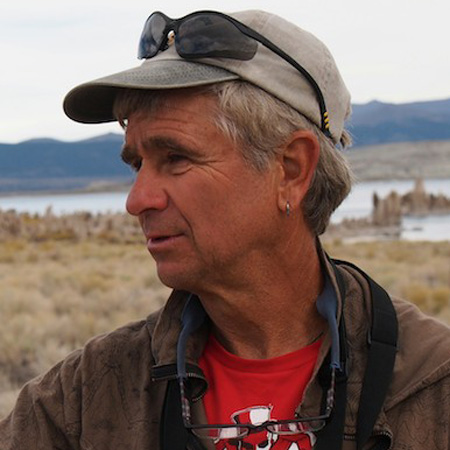One of the many wonderful things about living in California is the overwintering birds in the Central Valley. It is truly one an amazing wildlife spectacle. And it is so easy to see, just off Interstate 5, near Williams. There are abundant ducks, pelicans, shorebirds, gulls, hawks and cormorants -- but my favorite bird just may be the snow goose.
An annual highlight for me is quietly standing by a rice field, and as if on cue, 20,000 snow geese suddenly rise up and fly right over my head while constantly calling to each other. You can literally feel the power of their wing beats against your heart. And the Yin to that Yang is when those same geese come swirling in, in a gigantic gyre pouring out of the sky into the open water one after another after another. It doesn't seem like there's any more room for another goose in the flock and by the time they're done it's all white -- no water visible.
However, things weren't always so good for snow geese. Beginning in the 1930s, hunting was banned because of low population numbers. But the geese have bounced back big time and now the population is greater than it's ever been.
Why this remarkable success? It probably has to do with the agricultural changes wrought across our landscape. In the old days the snow geese would have to forage in the marshes and in limited open areas. But since we've diked, cleared, plowed and planted grain crops like rice and wheat, the geese have learned to take advantage of these easy pickings in wintertime. Life is easier now, and this creates healthier geese that fly back to the breeding grounds in excellent condition. Biologists believe that formerly the rough times in the winter may have limited the population, but no more.
And where are these breeding grounds? Well most of our snow geese breed on Wrangell Island in far-off Siberia. Yes, these are international travelers and they can make this journey to California in less than two weeks! There are about 150,000 breeding on this island and every single one of them spends the winter in northern California. I look forward to seeing them soon - from Russia with love.
